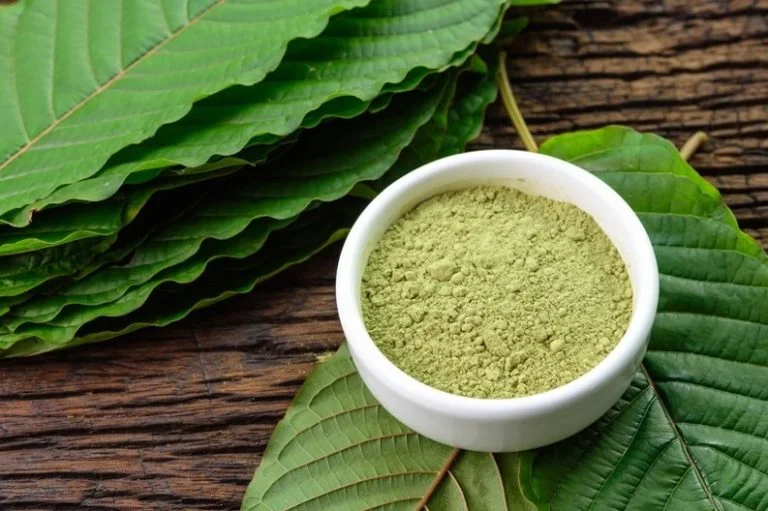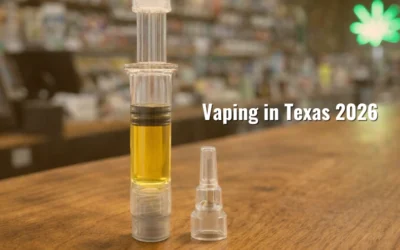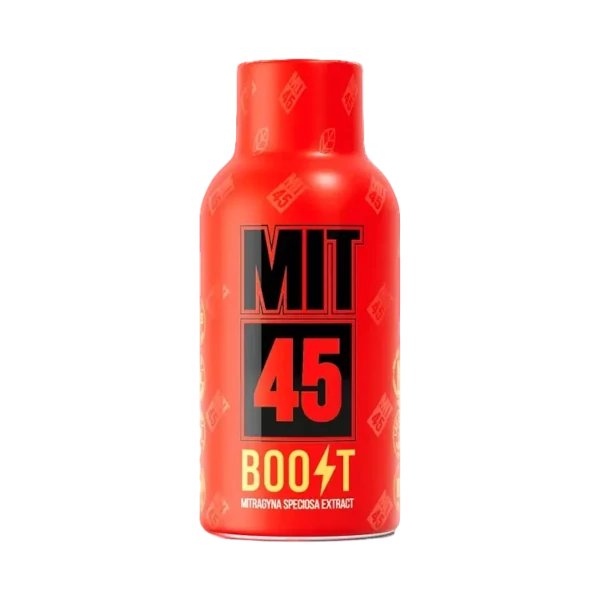As interest grows for alternatives to traditional western medicine, one botanical substance has emerged, captivating the attention of millions seeking holistic solutions: kratom. With roots stretching back centuries, this Southeast Asian plant has recently surged in popularity within the American market. The Substance Abuse and Mental Health Services Administration’s National Survey on Drug Use and Health estimated that in 2021 alone, approximately 1.7 million Americans, spanning various age groups, explored the potential of kratom.
The intrigue surrounding kratom spans beyond mere curiosity, positioning it as a prominent player in contemporary wellness practices. As its reputation grows, so too does the interest in its origins, uses, and legality.
What is Kratom?
Kratom, scientifically known as Mitragyna Speciosa, originates from Southeast Asian countries like Thailand, Malaysia, Indonesia, and Papua New Guinea. This plant, boasting thin stems and broad, pointed leaves, offers a spectrum of mental and physical effects, from sedation to mild dizziness. Its versatility allows consumption through crushed leaves, tea, capsules, or powder.
Historically, kratom served multiple medicinal purposes, addressing issues from diarrhea and pain relief to managing opioid withdrawal symptoms and fatigue. Additionally, it was employed to enhance sexual desire and detoxify the body from various substances.
Today, numerous surveys point to its use among individuals seeking alternative remedies for pain, opioid-related concerns, depression, and anxiety. However, the U.S. Food and Drug Administration (FDA) hasn’t endorsed any of these applications. Experts caution that despite its widespread use, scientific evidence validating kratom’s efficacy for health concerns remains limited. The call for more rigorous research persists, underscoring the necessity of comprehending this substance more deeply.
Is Kratom Legal?
In the United States, kratom’s legal status varies widely. While it remains legal in most states, around 30 states have contemplated legislative actions tied to its sale. Alabama, Arkansas, Indiana, Rhode Island, Vermont, and Wisconsin have outright banned its sale, highlighting the disparate views on its use.
The FDA has taken a cautious stance, warning against kratom consumption due to potential risks of addiction, abuse, and dependency. Many experts in addiction medicine emphasize these concerns, drawing attention to the plant’s precarious effects.
Furthermore, the U.S. Drug Enforcement Administration categorizes kratom as a substance of concern, adding to the complex legal and regulatory landscape surrounding its use. This juxtaposition between legal acceptance and regulatory scrutiny presents a challenge for those seeking clarity and underscores the urgency for comprehensive understanding and guidelines in this arena.
How Does Kratom Work?
Kratom’s mechanism of action revolves around its key compounds: mitragynine and 7-hydroxymitragynine. These substances engage the body’s opioid receptors, simulating effects akin to morphine. At higher doses, users often report a sense of sedation, accompanied by euphoria, pain alleviation, and reduced breathing. Conversely, lower doses tend to induce alertness, heightened physical energy, talkativeness, and an increased heart rate.
In the field of psychiatry, many warn of potential psychiatric implications linked to kratom use. While not manifesting psychosis, the plant’s effects can resemble certain psychiatric disorders, such as bipolar disorders, highlighting its multifaceted impact on mental health.
Drinking kratom can alter heart rate, affect the central nervous system, and potentially harm the kidneys and liver. He underscores the pressing need for further research to comprehensively understand the full spectrum of kratom’s physiological effects.
These insights reveal the complexity of kratom’s workings and underscore the necessity for a cautious and informed approach when considering its use. Understanding its physiological impact and potential risks is pivotal for responsible consumption and informed decision-making.
What are the Benefits of Kratom?
Kratom boasts an array of alleged health benefits supported by ongoing research. These advantages encompass diverse areas:
Libido Enhancement: Studies suggest kratom’s potential as a natural aphrodisiac. Clinical investigations have highlighted its effectiveness in enhancing sexual experiences.
Pain Relief: Historically used for medicinal purposes, kratom’s strains—white, green, and red vein—might offer pain relief by binding to opioid receptors. Its compound, 7-Hydroxymitragynine, surpasses morphine’s potency, providing analgesic effects. Despite targeting similar receptors, kratom exhibits distinct signals, leading to more manageable side effects than conventional opioids.
Mood-Boosting: With a widely reported efficacy in opioid addiction treatment, kratom showcases potential antidepressant properties and aids in managing withdrawal symptoms from morphine and alcohol. Studies on animals hint at its impact on corticosterone levels linked to depression. Additionally, kratom appears to impact appetite and cravings, albeit further human research is warranted.
Skincare: Kratom’s benefits extend topically, demonstrating promise in skincare. Alkaloids within kratom can reduce wrinkles, age spots, acne, and eczema when applied in skincare products. Its antibacterial and antifungal properties not only help soothe psoriasis but might also accelerate wound and burn healing by promoting cell regeneration.
Where can you Buy Kratom?
Procuring kratom demands precision and care. Due to varying legality across states and regions, it’s crucial to align with reliable and ethical suppliers. Selecting trustworthy sources ensures not only legality but also quality and safety standards.
Researching potential suppliers is essential. Seek transparency and accountability. Reputable suppliers disclose their sourcing methods, cultivation practices, and product testing protocols. A crucial aspect is ensuring that the kratom is free from contaminants and adheres to regulatory standards.
Navigating the regulatory landscape is pivotal. Kratom is currently not regulated by the FDA. This absence of oversight underscores the importance of due diligence on the consumer’s part. Seek vendors committed to rigorous testing, such as third-party lab analyses that assess potency and purity.
Community feedback and testimonials also provide valuable insight into a supplier’s credibility. Platforms where consumers share experiences, reviews, and recommendations about specific brands or products can be invaluable resources.
When considering a purchase, prioritize quality and safety. D8 Austin offers a diverse range of premium kratom products sourced from reputable suppliers. With a stringent vetting process, we ensure our products meet rigorous quality and safety standards.





